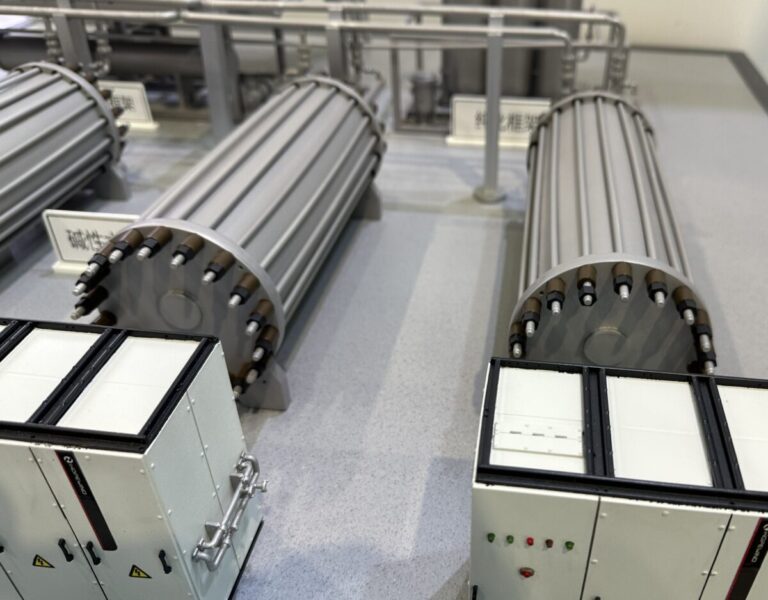American researchers have begun studying hydrogen formation in the Midcontinent Rift in the United States, while Dutch scientists have found that hydrogen emissions from industrial complexes are higher than previously estimated.
University of Nebraska-Lincoln researchers are studying a rift that runs from beneath Lake Superior through parts of Minnesota, Michigan, Wisconsin, Iowa, Nebraska and Kansas to determine how best to access the trapped geological hydrogen. “To test the viability of hydrogen production in the canyon, a test well was drilled in Nebraska five years ago,” said the researchers. “So far the data is promising. Scientists believe it is possible that the geomechanical and biogeochemical conditions in the rift limit the loss and consumption of this naturally generated hydrogen, which could leave hydrogen in the subsurface of the midcontinent on an economically meaningful scale.” Other underground canyons in France, Germany, Russia and Africa could also produce hydrogen, said Seunghee Kim, Charles J. Vranek associate professor of civil engineering. The University of Nebraska-Lincoln said hydrogen renews itself underground when water interacts with volcanic rock, unlike oil and gas.
Dutch researchers have developed a measurement method for low in-situ (semi)-continuous H2 emissions from industrial installations, using an active AirCore sampler and a GC-PDHID analysis system. “Our emissions estimates indicate that current loss rates are as high as 4.2% the estimated production and storage in these facilities,” the researchers said in “First detection of industrial hydrogen emissions using high-precision mobile measurements in ambient air”, which was recently published in Scientific reports. “This is sufficiently large to urgently demonstrate the need for monitoring and verification of H2 emissions for the purpose of understanding our climate change trajectory in the 21st century.” They applied their methodology, which analyzes the entire hydrogen value chain, to a chemical park in Groningen, the Netherlands, where several hydrogen production and storage facilities are concentrated. The loss is relative to the estimated daily production.
The Appalachian Regional Clean Hydrogen Hub (ARCH2) has announced a new ion formation request (RFI) for potential clean hydrogen projects. “We are looking for innovative proposals to add to our portfolio that demonstrate excellence in hydrogen production, processing, delivery, storage, and/or end use,” said in an emailed note the collaborative initiative between the U.S. Department of Energy, private industry, state and local governments, academic institutions, technology partners and nonprofits.
The Italian government has said the country expects to play a role in shipping hydrogen from outside Europe to the European Union. “We are in a crucial geographical location,” the country’s Environment and Energy Security Minister Gilberto Pichetto Fratin reportedly said at a recent conference in Venice.
This content is copyrighted and may not be reused. If you would like to collaborate with us and reuse some of our content, please contact: editors@pv-magazine.com.


